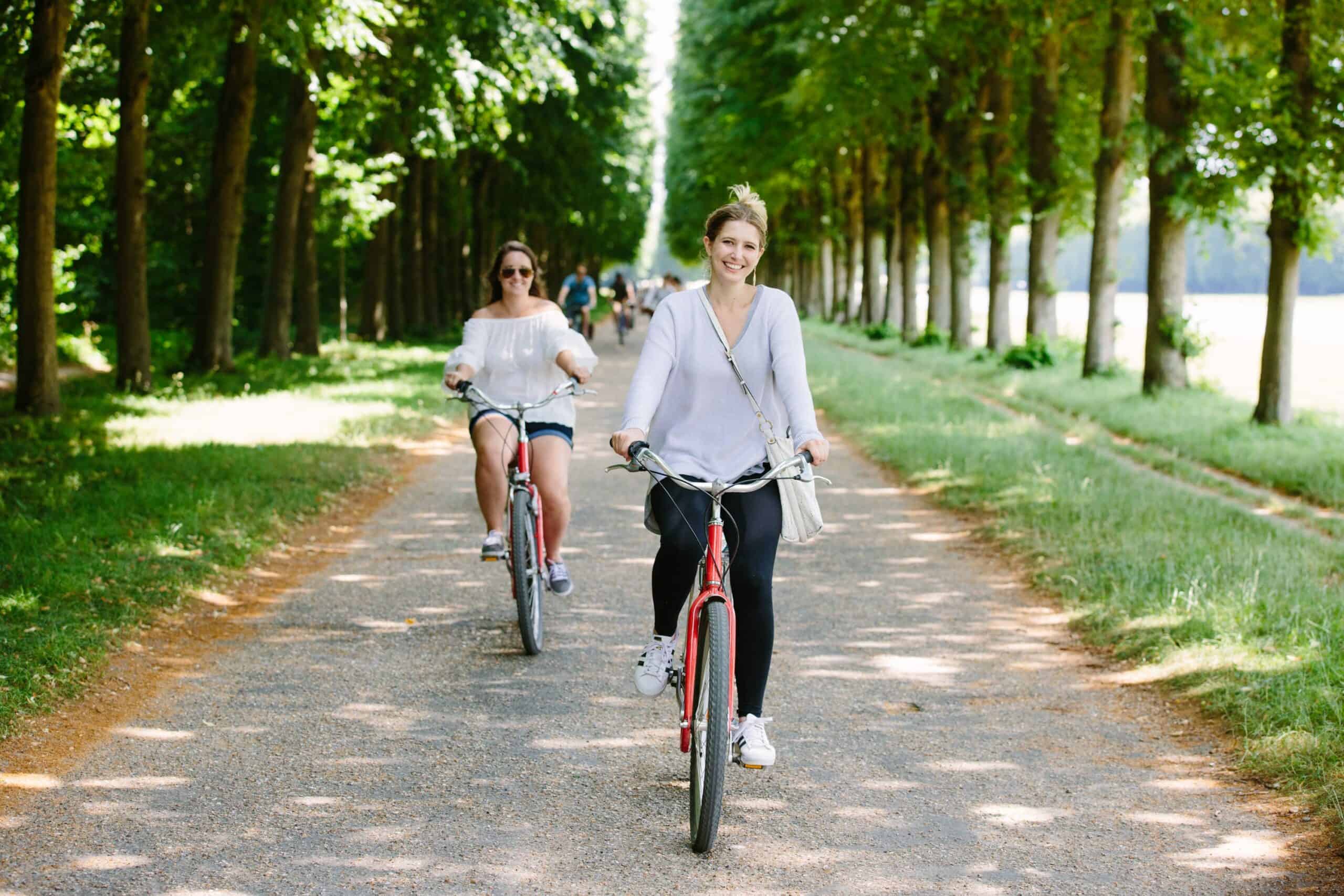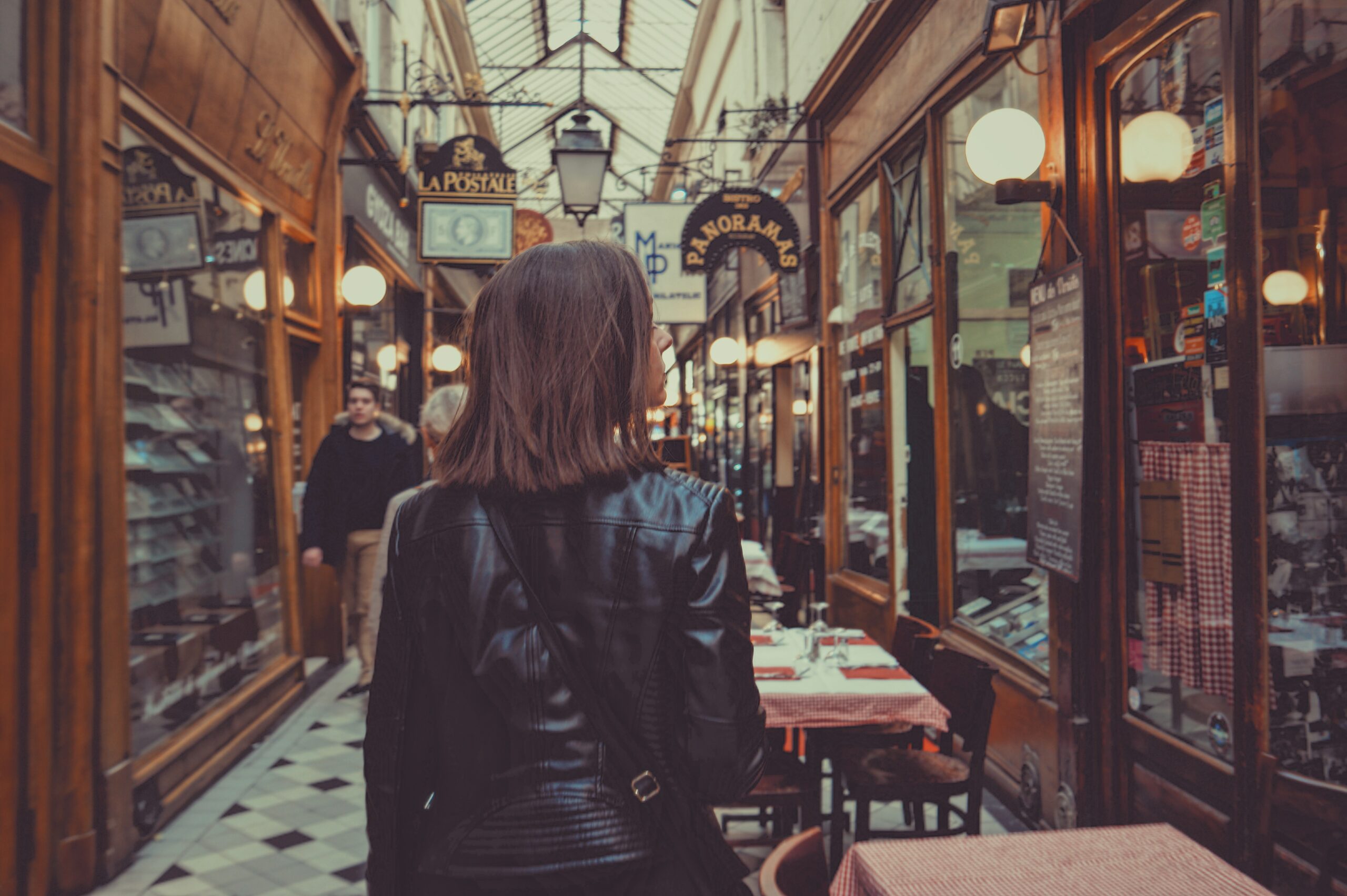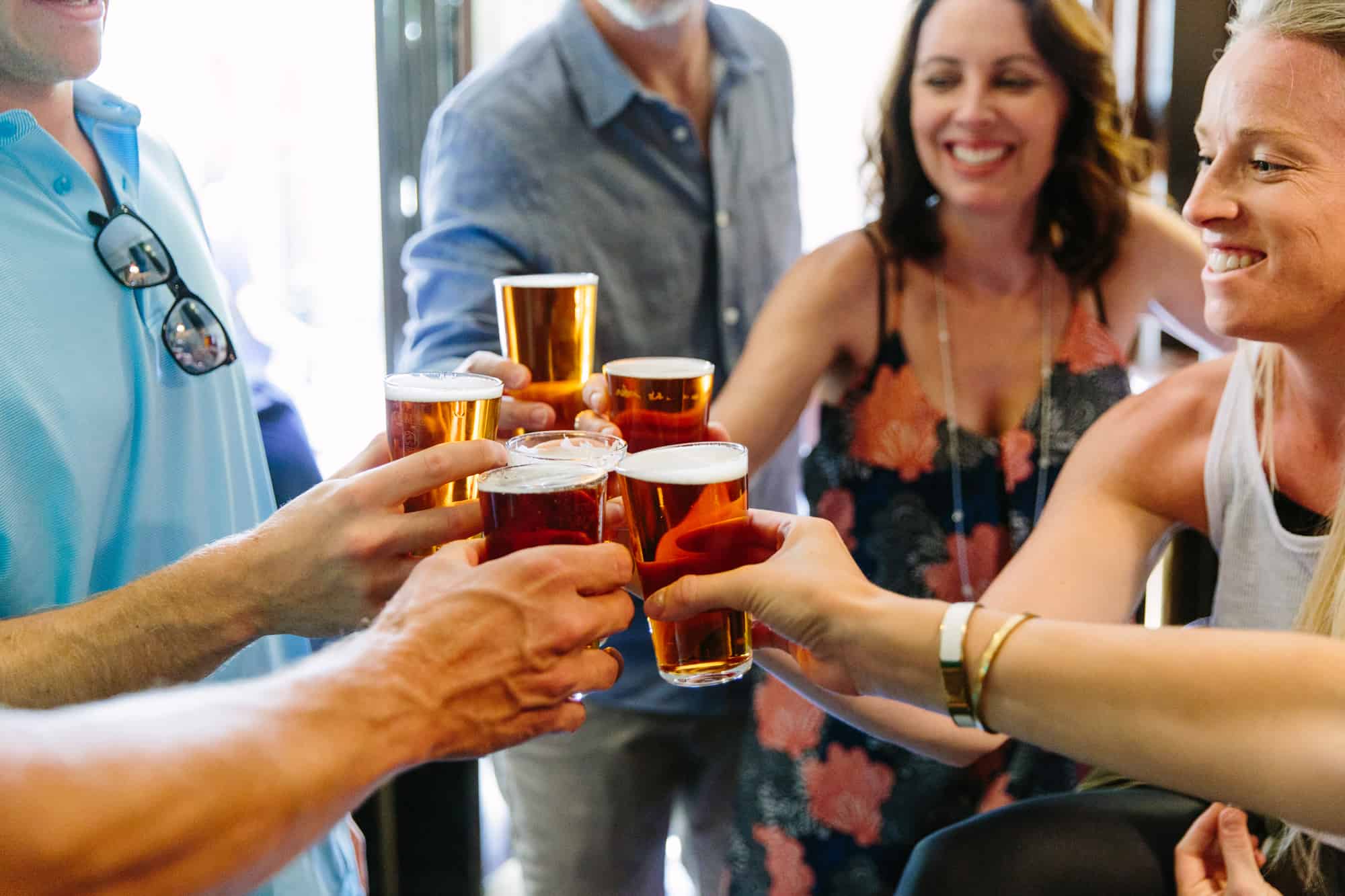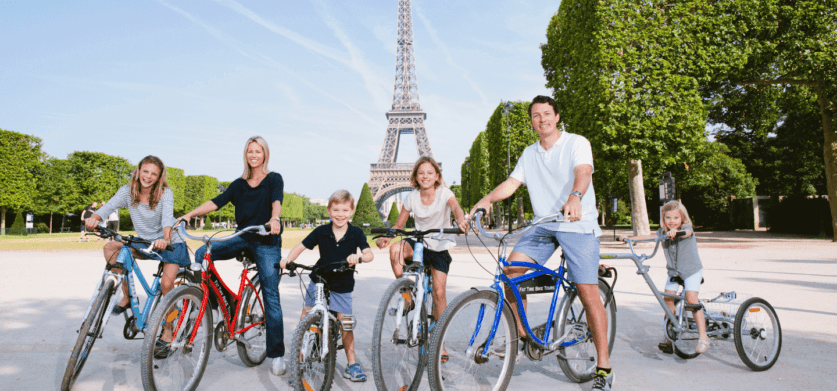Five Nazi Buildings You Can Still Visit Today in Berlin
Despite Berlin’s reputation as one of the growing high-tech scenes in Europe, you don’t have to look far to see remnants of the very turbulent past the city lived through. We’ve listed some of the noteworthy remains from the Nazi era that will amaze.
1. Templehof Airport
Although there was an airfield at Templehof before the Nazis came to power, the airport and the gigantic structure itself came to be synonymous with the 3rd Reich. Designed by Ernst Sagebiel and built between 1936 and 1941 the airport is meant to represent an eagle with the two semicircular hangers representing it’s outstretched wings. The airport was never really finished during the war and served mainly as a factory space where Weser Flugzeugbau built JU88 Stukas and later on Focke Wulf 190’s. Although Templehof is closely associated with the Nazis, it does have a nicer side to it’s history. During the Berlin blockade of 1948/49, it served as the main airport as the western allies airlifted in food and fuel to the city in defiance of the Soviets. Today it is a public park and it is possible to visit this site on our Modern Berlin Bike Tour.
2. The Olympiastadion
Built for the 1936 Berlin Olympics, the Olympiastadion stands as a testament to the Nazis in their pomp. This was the period of the rising tide of Nazi power, when it seemed that Hitler could do no wrong and when the International Olympic Committee decided to award the games to Berlin the Nazis decided to use the occasion for propaganda purposes. The stadium was designed by Werner March, assisted by his brother Walter and was constructed between 1934 and 1936. The 1936 Berlin Olympics were notable for being the first Olympics to be transmitted on television and also the first to have the Olympic flame brought by relay. It also, strangely, holds the record for the highest attendance of a baseball game ever, thought to be over 100,000 people. The Nazis cleverly use this event to showcase Nazi power and commissioned Leni Riefenstahl to make the movie “Olympia.” Riefenstahl had previously worked on the Nazi propaganda movie “The Triumph of the Will.” However, the Olympics of 1936 did not quite go as planned for the Nazis as African-American athlete Jesse Owens won four gold medals thus destroying the Nazi myth of the so-called master race. Today, it is still possible to visit the Olympiastadion. You can simply get a train out to the stadium and the nearby Olympic village. It is also home to Hertha Berlin Football Club and what better way could there be to experience this old structure than, perhaps, taking in a football game?!
3. The Luftwaffe Ministry
Located on the Wilhelm Strasse in central Berlin, this structure dominates the surrounding area. Known also as the Detlev-Rohwedder-Haus, this building was the centre of power for Hitler’s number two man in the 3rd Reich, Hermann Göring. Göring had served as a fighter pilot during the first World War and had assumed command of the Red Baron’s squadron, the so-called “Flying Circus,” when he was killed in 1918. When Germany began to rearm during the 1930’s, Göring naturally assumed command of the air force, or Luftwaffe. Another creation by Ernst Sagebiel, it is truly enormous and would have been built in contradiction of the Treaty of Versailles. In fact, it was the biggest military building in the world before the Pentagon was opened in 1943. Both our Berlin City Bike Tour and our Third Reich & Nazi Berlin Tour will pass it. Getting inside is another matter as it is now the central tax office for Germany. You will have to decide for yourself if it more or less popular with the locals.
4. The Schwerbelastungskörper
While really not a building like the others, the “Heavy Test Load” is very significant in the history of the 3rd Reich. Hitler hated Berlin and wanted to refashion it in an image more to his liking. His plan was to create a new city to rival anywhere else in the world. This city has been called Germania in the history books although there is some argument over whether this would have actually been the city’s name. This new city was to be absolutely enormous. The buildings, gigantic in in size, would have made the capital of the 3rd Reich a very impressive place indeed. There was only one problem. Berlin is built on a swamp with a very high water table. How could the Nazis construct such enormous buildings on such shaky foundations? Well, Albert Speer, Hitler’s architect decided to build a giant concrete cylinder to test the level of sinkage in the city. This cylinder still stands today in the district of Schöneberg and in many ways it serves as a reminder to us as to how the future could have been had the Nazis been victorious.
5. The Humboldt Flak Tower
Situated in northern Berlin, in the district of Wedding, stands a monument to the military might of the Third Reich, the Flak Tower. It was one of three built in the city, the other two being located at Berlin zoo and in what is now Volkspark Freidrichshain. The Flak Towers were constructed to augment the air defenses of the city with similar constructions being built in Hamburg and Vienna. It mounted the fearsome 88mm anti aircraft gun as well as guns of smaller calibre. The three towers also served as bunkers for thousands of Berliners fleeing from the heavy bombing raids of the later war period. Although it must be said that, initially, the locals were reluctant to take refuge in a bunker built above ground. They soon, however, recognized the imperviousness of the construction to allied bombing. The flak tower also acted as a store house for precious art and artifacts from Berlin’s museums. Finally, in the battle for Berlin, they served as strongpoints in the defense, turning their 88mm guns on the tanks of the Red Army. Today the tower at Humboldthain is the only one still standing, and that is severely damaged having been partially blown up after the war. The good news for prospective tourists is that it is possible to visit it.
Interested in Germany’s historic architecture? Book a Berlin tour to learn more about the rise and fall of Nazi Germany.
[maxbutton id=”1″ url=”https://www.fattiretours.com/berlin/tours/private-third-reich-tour” text=”Book A Private Third Reich Berlin Tour” ]



